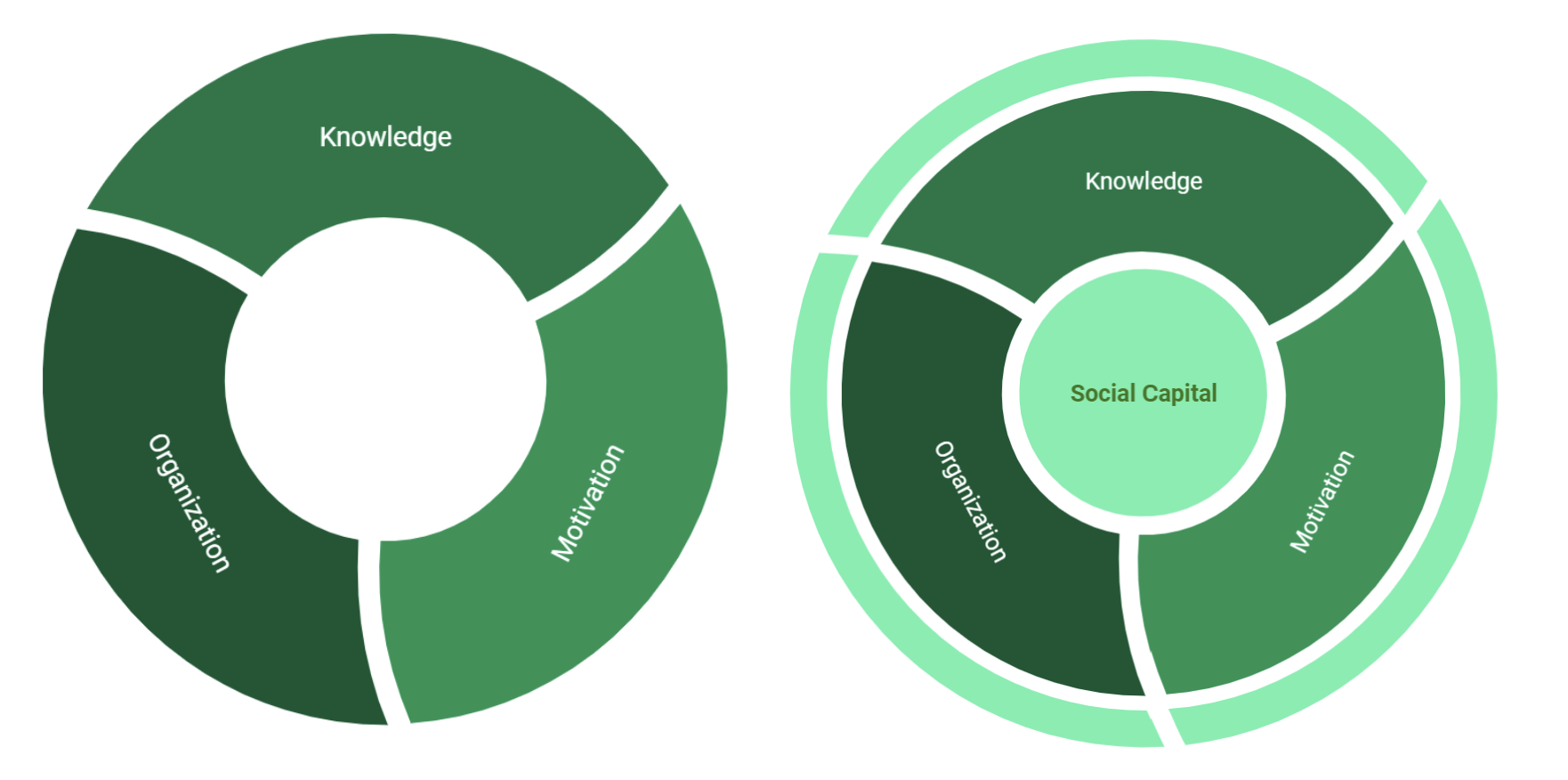
As administrators of several initiatives focused on innovation in education worldwide, WISE began to notice a trend a few years ago. In fact, this trend aligned with data being collected and shared from multiple sources, such as The Canopy Project, The Learning Accelerator’s study of professional learning at Lindsay Unified School District, and others. The trend was that project-based learning (PBL) was consistently – but not frequently – being used as an effective instructional model across a range of diverse schools that were innovating on conventional models of learning.
Given the growing evidence-base that supported the effectiveness of project-based learning in a variety of learning environments, WISE wondered why in fact PBL was not more widespread than it is. We set out to find an explanation for this through a global, exploratory study. We hypothesized that PBL, while likely to be effective in low resource school settings, had a high barrier to entry – that is, the initial cost of getting a scalable, sustainable PBL model in place was too high for widespread adoption. Further, we wondered whether there were implementation challenges of PBL that were unique to low resource contexts.
About Our Study
Our first step, of course, was to dig into what is already known about the factors that make using PBL hard. We found a very consistent set of limitations to deploying PBL in classrooms across the world, and these aligned well with the Gap Analysis Framework. There were factors that were motivation-related: like teacher beliefs and practices – which were driven by their pedagogical beliefs about their and students’ roles, and how people learn. Some factors were knowledge-related, such as teachers’ and administrators’ understanding of PBL and ability to design and use projects in their teaching, along with their capacity to generate and manage meaningful, relevant, community-engaged projects. Some factors were organizational, most commonly the policy and administrative environment of the school and the system in which the school operated (for example, curricula, assessment, and standards requirements). Based on the existing literature, we somewhat expected to find that schools in lower resourced contexts were unable to overcome the challenges in one, two, or all three of these groups (knowledge, motivation, and organization), and this was driving the pattern of non-implementation.
We devised a series of interview questions that we also adapted into a survey, to investigate how successful and unsuccessful models of PBL were implemented, and what decisions were being made about resources. We wanted to know where school designers and leaders were able to prioritize scarce resources to overcome these challenges; and where they were unable to do so. With this interview and survey in hand, we began interviewing people who were knowledgeable about the design, decision-making, and implementation of PBL in school sites located in East and Southeast Asia, the Middle East, South America, North America, and Oceania.
Preliminary Findings
As we conducted interviews, a curious pattern began to emerge. We noticed that apart from the challenges we expected to hear about, most if not all of our participants mentioned the outsized role that relationships played in their ability – or inability – to use a sustainable PBL model in their school. Coupled with this, we found examples of sustained implementation in contexts where knowledge, motivation, and organization challenges were present; and conversely examples of unsustained implementation in contexts where all of the knowledge, motivation, and organization challenges could be overcome.
For example, we interviewed two schools that seemingly both had average-to-high resources when adopting PBL. They both had supportive organizations in the form of administrative and policy support. But one site’s PBL model thrived and was sustained to the present, while the other’s model lasted only a year or two. Both sites reported that they had adequate access to training and project resources; and their teachers all valued PBL and found it effective with their students. The difference, according to our participants, was the trust that existed between the school and it’s community, and administrators in it’s system.
The site that sustained PBL was able to work with teachers for an entire year before using PBL with students. Teachers were given the opportunity to see and try PBL, and at the end of the first year, they were able to choose to continue at the school (which meant committing to PBL as a core instructional model); or opt for placement at a different school which did not require such a commitment. Both the school community – including families as well as businesses that were participating in projects – and the school district were supportive of this approach. At the site that did not sustain PBL, teachers were trained and supported in implementation, but there was not that same trust from the school community and district. In fact, families and businesses were indifferent at best to the model, and remained largely uninvolved. The district administration saw their role as overseers, and required monitoring and compliance paperwork that added hours of effort to each teacher’s workday. Even though the knowledge, motivation, and organization were all supportive of PBL, this lack of trust made it unsustainable.
To further add to this example, at a third site, there was in fact no policy support for PBL – but there was community support. This school was in a context with fewer resources than the two described above, suggesting that PBL would be an unsustainable instructional model there. However, this school’s PBL model is now a signature of the school, having been sustained for years and a reason that students come to the school today. When PBL was first implemented at this school, they understood the community support that they had, and so they refined their implementation “under the radar” until they had a model that worked for them, their teachers, and their students. At this point, they invited government officials to come and observe PBL at work in their school, and this visit is what led them to gain broader organizational administrative and policy support for the model.
These data seem to be beginning to suggest that social capital may be central to, and encompassing of, knowledge, motivation, and organizational factors to implementing PBL; and what is more, social capital may act to fill in the gaps created by challenges to PBL implementation.

Looking Ahead
As we are learning across the field, social capital – relationships, networks, and trust between and among different people in the education system – plays a big part in how successful education is for students. This is no different for PBL, and we are curious to see if social capital is a key resource to overcoming all of the potential challenges to using PBL to support all students, even those for whom resources are scarce. We will continue to document how this trend continues (or not) as we continue to collect data, with a focus on sites in South Asia, Africa, Europe, and Central America. Perhaps the capital we need will turn out to be the capital we all have – and PBL will become a more accessible option for more schools, regardless of their access to resources, or their contexts.